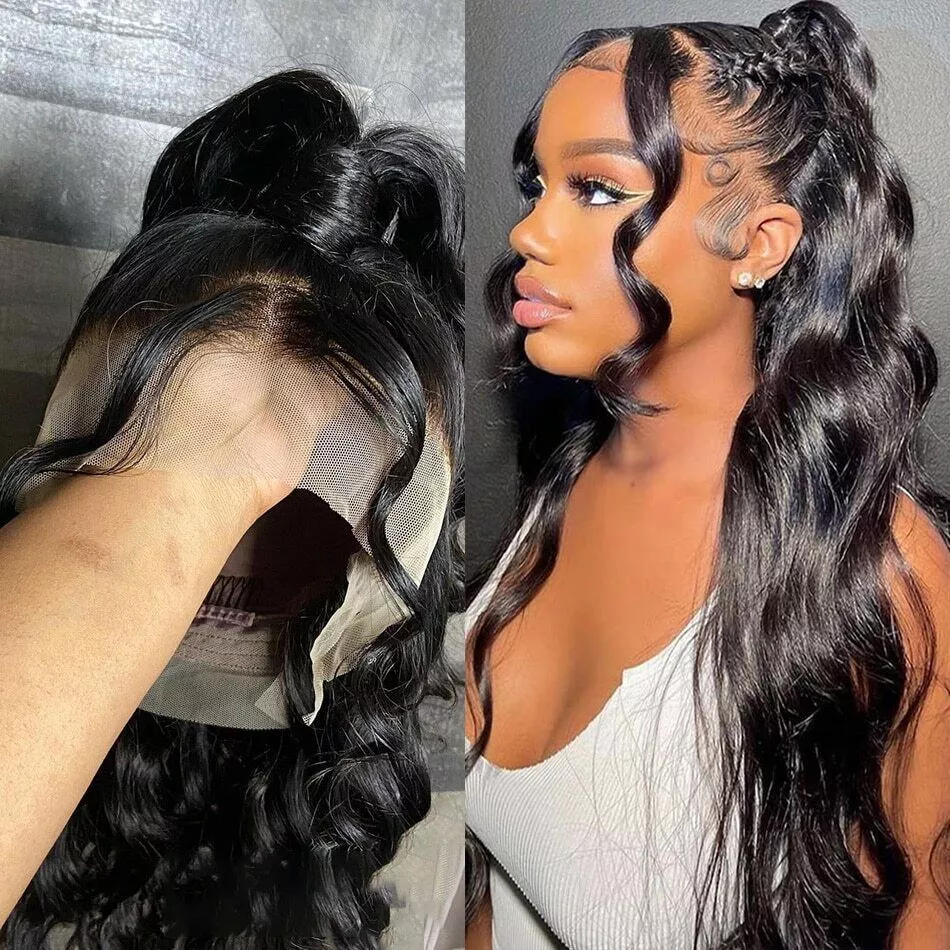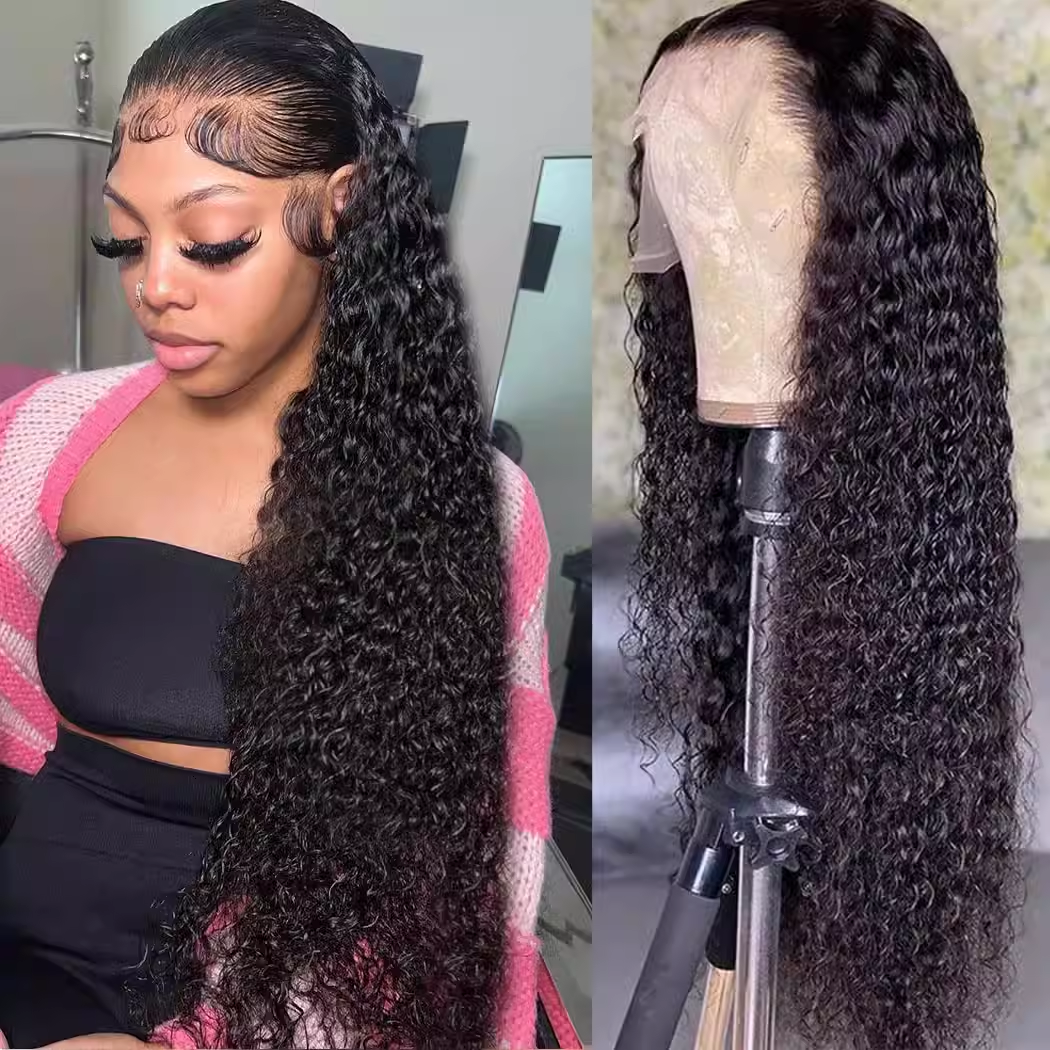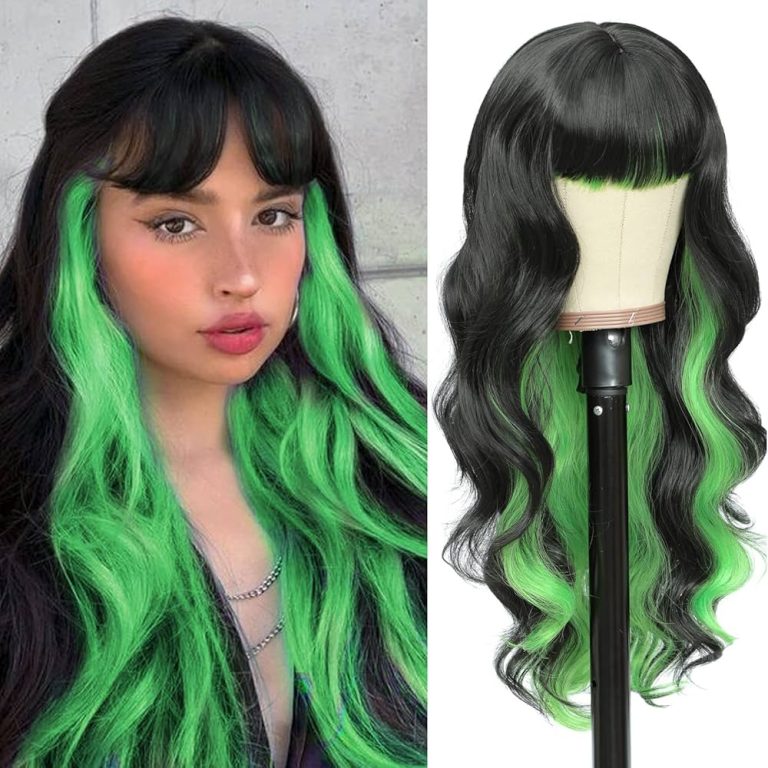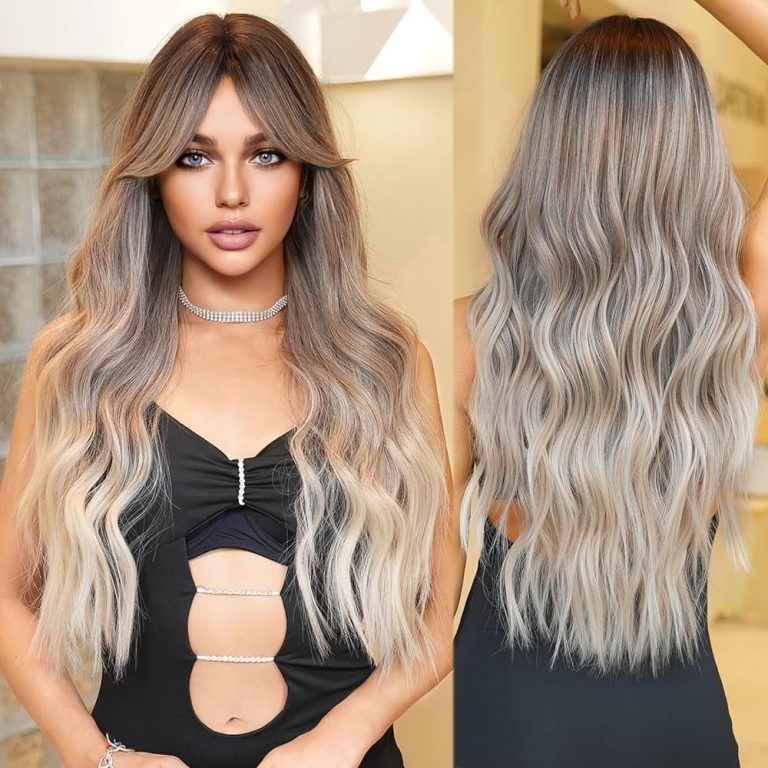
Lace Wig: Everything You Need to Know
Understanding Lace Wigs
Lace wigs have revolutionized the world of hair extensions and wigs, offering a natural-looking and versatile solution for those seeking to change their hairstyle or address hair loss. These wigs feature a sheer lace base onto which human or synthetic hair is meticulously hand-tied. The lace mimics the appearance of a natural scalp, creating an illusion of hair growing directly from the skin. Lace wigs come in two main types: full lace wigs, where the entire wig cap is made of lace, and lace front wigs, which have lace only at the front hairline. The transparent nature of the lace allows for a seamless blend with the wearer’s skin tone, making the wig virtually undetectable. This innovative design enables wearers to part their hair in any direction and style it in various ways, offering unparalleled flexibility and a realistic appearance that traditional wigs cannot match.
Types of Lace Wigs
Lace wigs come in several varieties, each catering to different needs and preferences. Full lace wigs feature a cap made entirely of lace, offering the most versatile styling options and the most natural look from all angles. Lace front wigs have a lace panel only at the front hairline, providing a natural-looking front while the rest of the cap is made of a more durable material. 360 lace wigs combine features of both, with a lace band around the entire perimeter of the wig, allowing for high ponytails and updos.
HD lace wigs use an ultra-thin, highly transparent lace that virtually disappears against the skin, offering the most undetectable hairline. Swiss lace wigs are known for their durability and fine texture, making them a popular choice for long-term wear. Each type of lace wig has its own advantages in terms of appearance, durability, and styling versatility, allowing wearers to choose the option that best suits their lifestyle and aesthetic preferences.
Choosing the Right Lace Wig
Selecting the perfect lace wig involves considering several factors to ensure the best fit and appearance. Hair type is a crucial consideration, with options ranging from 100% human hair to high-quality synthetic fibers. Human hair wigs offer the most natural look and feel, along with greater styling versatility, but come at a higher price point. Synthetic options provide a more affordable alternative with easier maintenance.
The cap construction affects both comfort and appearance, with choices including hand-tied, machine-made, or a combination of both. Cap size is essential for a secure and comfortable fit, so accurate head measurements are necessary. Density, which refers to the amount of hair on the wig, should be chosen based on desired volume and natural hair thickness. Color selection should complement the wearer’s skin tone and personal style. Texture options range from straight to curly, allowing wearers to choose a style that matches their desired look or natural hair texture.
Installation and Application Techniques
Proper installation of a lace wig is crucial for achieving a natural look and secure fit. The process begins with preparing the natural hair by braiding it close to the scalp or using a wig cap to create a smooth base. For lace front wigs, the lace should be carefully trimmed to match the natural hairline, leaving a small amount of lace for a seamless blend. Adhesives or tape designed specifically for lace wigs secure the wig in place.
These should be applied carefully to the hairline and allowed to become tacky before attaching the wig. Once the wig is in place, gentle pressure along the hairline ensures proper adhesion. For a natural-looking part, concealer or a flesh-toned powder can be applied to the parting area. Some wearers choose to pluck the hairline or add baby hairs for an even more realistic appearance. Proper installation techniques not only improve the wig’s appearance but also extend its lifespan and ensure comfort during wear.
Styling and Customizing Lace Wigs
One of the greatest advantages of lace wigs is their styling versatility. Human hair lace wigs can be treated much like natural hair, allowing for heat styling, coloring, and cutting. Synthetic lace wigs, while more limited in styling options, can still be customized to suit individual preferences. Cutting and layering the wig can help frame the face and add movement to the style. For a more natural look, many wearers choose to pluck the hairline to create a realistic density gradient.
Adding baby hairs along the front can further enhance the natural appearance. Experimenting with different parting styles, from middle parts to deep side parts, can dramatically change the wig’s look. Updos, ponytails, and braids are all possible with full lace and 360 lace wigs. When styling, it’s important to use heat protectant products on human hair wigs and to avoid excessive heat on synthetic wigs unless they are specifically heat-resistant.
Maintaining and Caring for Lace Wigs
Proper care and maintenance are essential for preserving the quality and appearance of lace wigs. Regular cleaning is crucial, with washing recommended every 7-10 wears or when product buildup becomes noticeable. Use sulfate-free, wig-specific shampoos and conditioners to clean and moisturize the hair gently. Always wash in a downward motion to prevent tangling and avoid rubbing the hair vigorously. Rinse thoroughly with cool water and apply a leave-in conditioner to keep the hair soft and manageable.
Air drying on a wig stand is preferable to maintain the wig’s shape and prevent heat damage. For daily maintenance, gently detangle the wig using a wide-tooth comb or specialized wig brush, starting from the ends and working up to the roots. Store the wig on a wig stand or in its original packaging when not in use to maintain its shape and prevent tangling. Regular deep conditioning treatments help keep human hair wigs soft and shiny. For synthetic wigs, avoid using heat styling tools unless the wig is specifically labeled as heat-resistant.
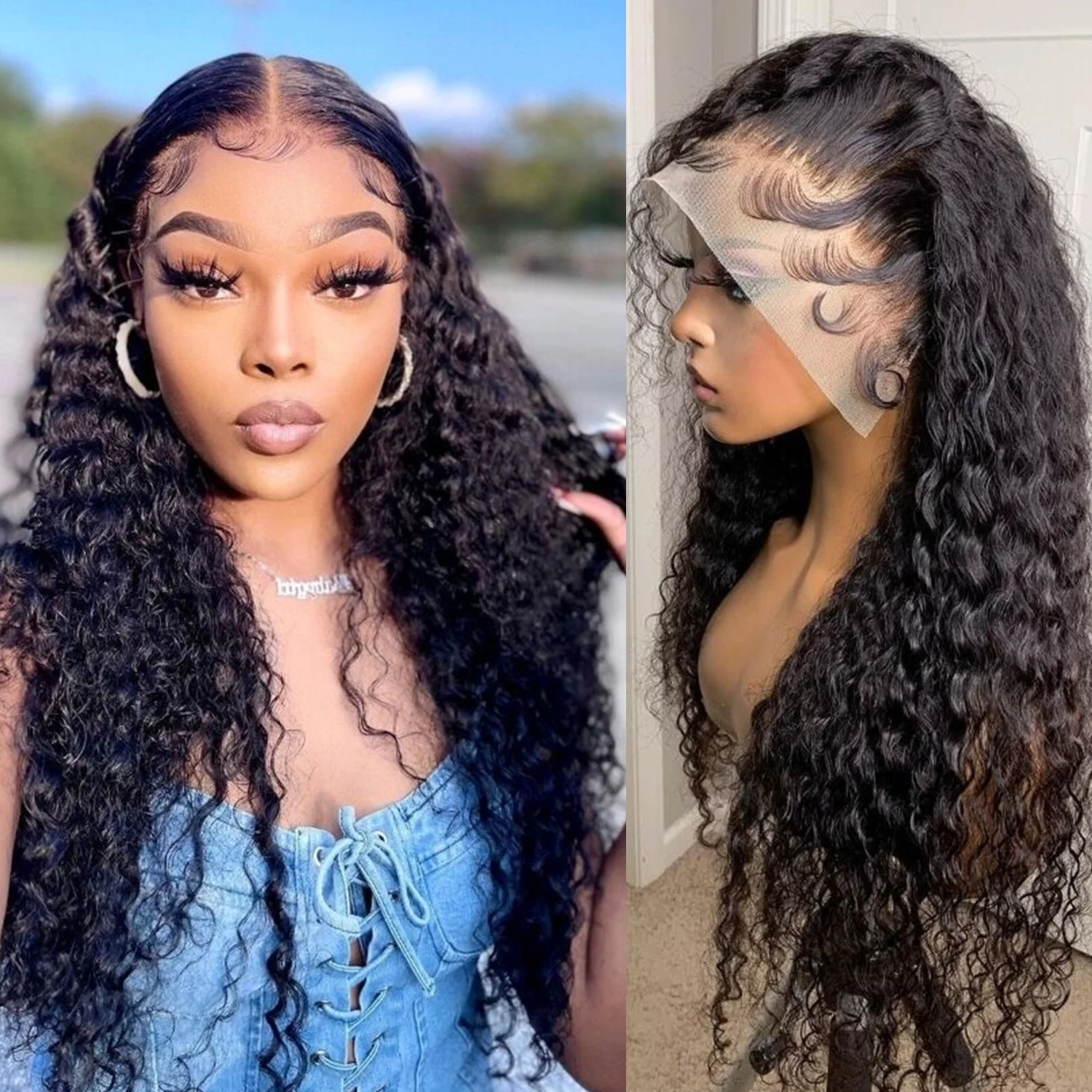
Addressing Common Lace Wig Concerns
While lace wigs offer numerous benefits, wearers may encounter certain challenges that require attention. Tangling can occur, especially in longer styles or with improper care. Regular, gentle detangling and proper storage can minimize this issue. Shedding is normal to some extent, particularly in human hair wigs, but excessive shedding may indicate the need for better care or a higher quality wig. The lace may become visible over time due to stretching or improper application.
Careful handling during installation and removal, along with proper storage, can help maintain the lace’s integrity. Synthetic wigs may lose their style over time, but steam treatments can often restore their original shape. Addressing these concerns promptly and with proper techniques ensures a comfortable wearing experience and prolongs the wig’s lifespan.
Lace Wigs for Different Lifestyles
Lace wigs cater to a wide range of lifestyles and needs, making them a versatile choice for many individuals. For those with active lifestyles, full lace or 360 lace wigs offer the security and flexibility needed for sports and physical activities. Professionals may prefer lace front wigs for their ease of application and natural appearance in workplace settings. Individuals undergoing medical treatments often find lace wigs a comfortable and confidence-boosting option during hair loss.
Fashion enthusiasts appreciate the ability to change their look frequently without committing to permanent hair alterations. Performers and actors use lace wigs to transform their appearance for different roles quickly. Travelers benefit from the convenience of packing multiple styles in a compact form. Regardless of lifestyle, lace wigs provide a solution that combines practicality with aesthetic appeal, allowing wearers to maintain their desired look with minimal daily effort.

The Impact of Lace Wigs on Self-Esteem and Confidence
Lace wigs have made a significant impact on the self-esteem and confidence of many wearers. For individuals experiencing hair loss due to medical conditions, genetics, or aging, lace wigs offer a natural-looking solution that can restore a sense of normalcy and self-assurance. The ability to change hairstyles easily allows wearers to express different facets of their personality and stay current with fashion trends. This versatility can boost confidence in social and professional settings.
The natural appearance of well-applied lace wigs eliminates concerns about detection, allowing wearers to feel comfortable and secure in various situations. For some, lace wigs provide a way to explore different looks without committing to permanent changes, fostering creativity and self-expression. The psychological benefits of feeling good about one’s appearance can have far-reaching effects on overall well-being, influencing everything from personal relationships to professional opportunities.
The Future of Lace Wig Technology
As technology advances, the future of lace wigs looks promising, with innovations aimed at enhancing realism, comfort, and ease of use. Developments in lace production are leading to even more transparent and durable materials, further improving the natural appearance of wig hairlines. Advancements in hair fiber technology for synthetic wigs may soon produce options that rival human hair in look and feel while offering improved durability and color retention. 3D printing technology could revolutionize wig cap construction, creating custom-fit caps that provide unparalleled comfort and security.
Smart wigs, incorporating technology for temperature regulation or even color-changing capabilities, may become a reality. Improved adhesive technologies could offer longer-lasting, more comfortable wear with easier removal. Virtual try-on experiences using augmented reality may transform the way consumers shop for lace wigs, allowing for a more personalized selection process. As the demand for high-quality, natural-looking hair solutions continues to grow.
